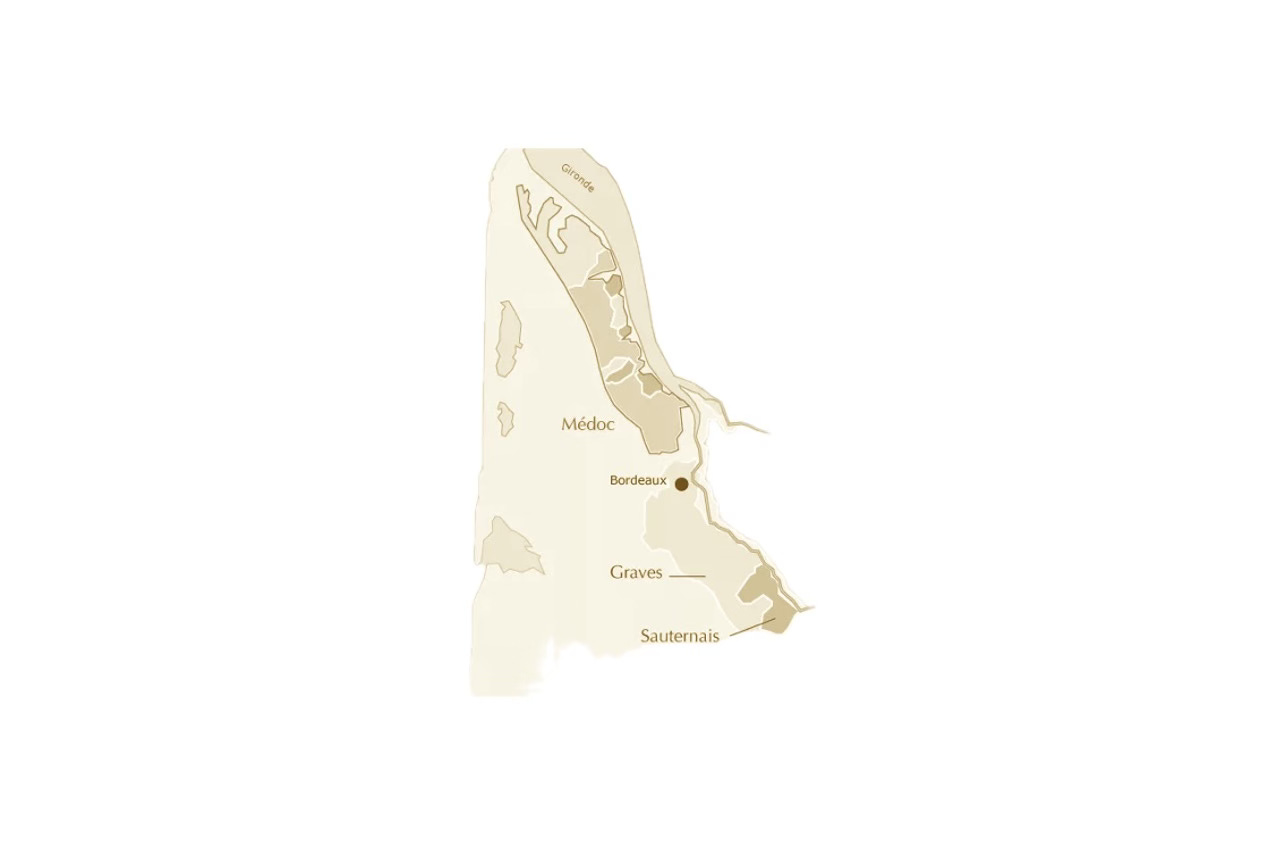Médoc Reinvents Itself with a New White Wine Appellation
The Médoc embraces its forgotten white heritage, sustainability, and climate adaptation with the launch of Médoc Blanc AOC.
The Médoc, long defined by its deep reds and storied châteaux, is quietly rewriting its own history in a new hue. With the official creation of the Médoc Blanc AOC for the 2025 vintage, the region is not only reviving a forgotten tradition of white winemaking but also asserting a forward-looking identity built on environmental responsibility and adaptability to climate change.
This is more than a symbolic gesture. For a region whose prestige has long rested on Cabernet and Merlot, embracing white wine represents both a return to roots and a step into the future. The Médoc once produced significant volumes of white—over 16,000 hectoliters in the early 20th century—but these wines disappeared as red blends came to define Bordeaux’s image. Now, nearly a century later, the Médoc is reclaiming that legacy, this time with a contemporary lens.
A Historic Color Returns
The new appellation officially recognizes white wines produced from Bordeaux’s classic varieties—Sauvignon Blanc, Sauvignon Gris, Sémillon, and Muscadelle—while allowing for experimental grapes such as Alvarinho, Floréal, Liliorila, Sauvignac, and Souvignier Gris. These additions, chosen for their resilience, point to a future shaped by both climate and curiosity.
Importantly, Médoc Blanc comes with a set of strict environmental commitments. Producers must hold certification under sustainable or organic programs such as Haute Valeur Environnementale, Terra Vitis, or Agriculture Biologique. Vineyard practices emphasize biodiversity, soil preservation, and an end to full-surface herbicide use. The message is clear: quality now walks hand in hand with responsibility.
Tradition Meets Adaptation
The Médoc’s new framework also allows flexibility in winemaking. Producers may craft single-varietal cuvées or blends, with or without oak, reflecting a range of stylistic choices rather than one fixed model. This adaptability mirrors the broader challenge facing Bordeaux: finding balance between heritage and market demand, between the permanence of terroir and the volatility of climate.
The question of which white varieties will best express the Médoc in the decades ahead remains open. Chardonnay, Chenin, and Petit Manseng were initially proposed but deferred in favor of a faster path to approval. Still, many believe that greater diversity will be necessary to secure the region’s long-term future. The Médoc’s transformation, in this sense, is not a finished story but a living experiment.
Growth Rooted in Realism
For now, the scale is modest. Around seventy producers have joined the new appellation, covering roughly 170 hectares of vines—less than two percent of the region’s total vineyard area. Growth is expected to be slow and measured, guided by the ability to sell rather than the desire to expand. The approach mirrors the Médoc’s cautious pragmatism: a step forward, not a leap.
White Médoc production already holds historical and symbolic value. Many of the region’s leading estates—once purely red—are now producing small volumes of white, seeking freshness, diversity, and a broader culinary appeal. The collective recognition of Médoc Blanc gives coherence to these efforts, transforming individual experiments into a shared identity.
Precision and Place
The style of Médoc Blanc is still being defined, but early examples suggest wines of clarity and tension: bright in attack, rounded at the core, with saline finishes that reflect the region’s clay and limestone soils. These are wines made with precision and intention—gastronomic rather than generic, crafted to pair with food and to showcase the subtleties of place.
For producers, the new appellation offers freedom and creative renewal. White wine allows them to explore another side of the Médoc’s personality—one that emphasizes nuance, freshness, and innovation without abandoning the region’s gravitas. The diversity of labels and approaches is already striking; no two expressions look or taste quite the same.
Keeping the Flame, Not the Ashes
In creating Médoc Blanc, the region demonstrates that tradition need not mean inertia. By reviving a historic color, committing to sustainability, and preparing for climate challenges ahead, the Médoc shows that progress is not about breaking with the past but about keeping its spirit alive.
If the reds of the Médoc embody strength and structure, its new whites express lightness and renewal. Together, they form a more complete portrait of a region that refuses to stand still. The Médoc is not abandoning its roots—it is rediscovering them, one white vintage at a time.


